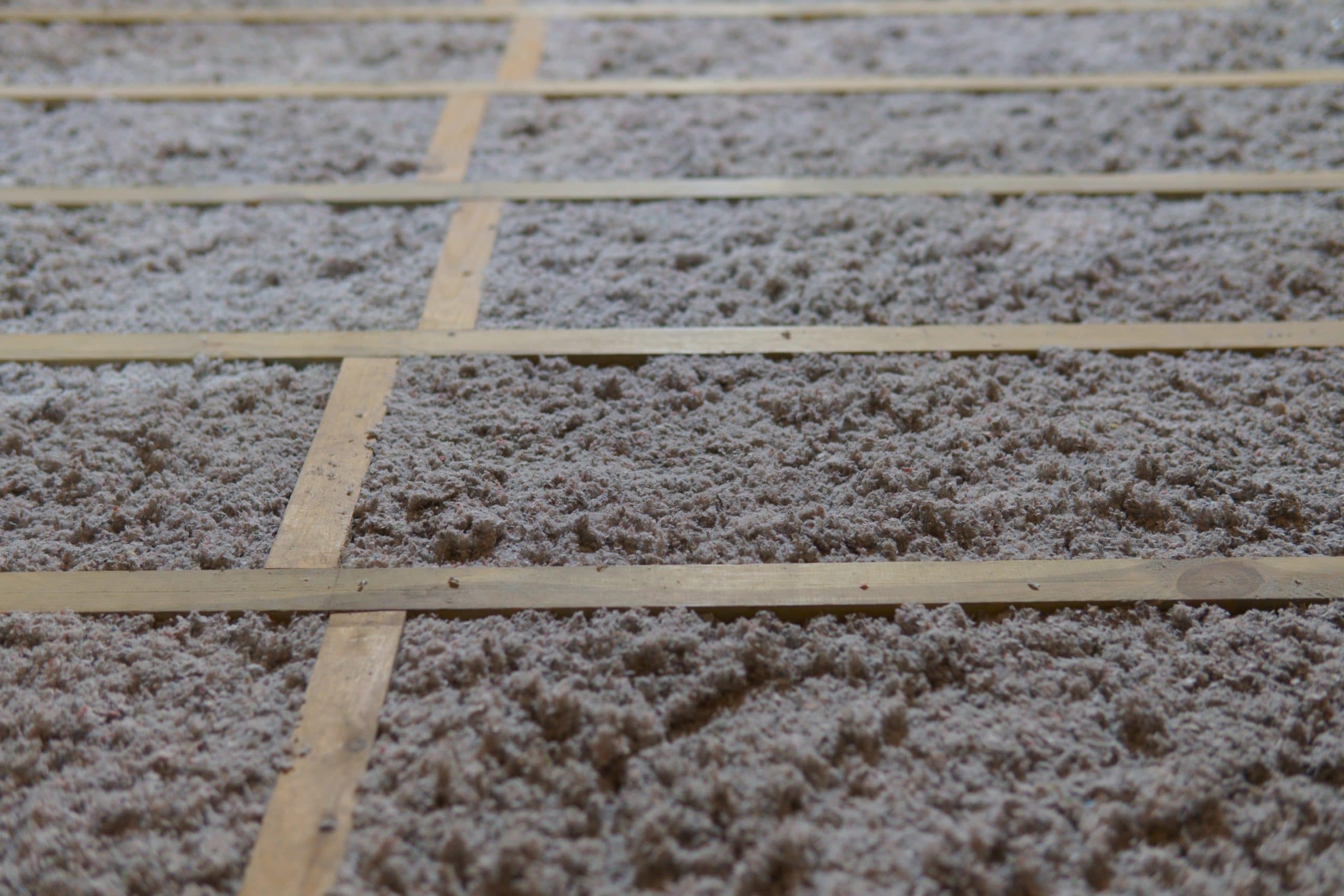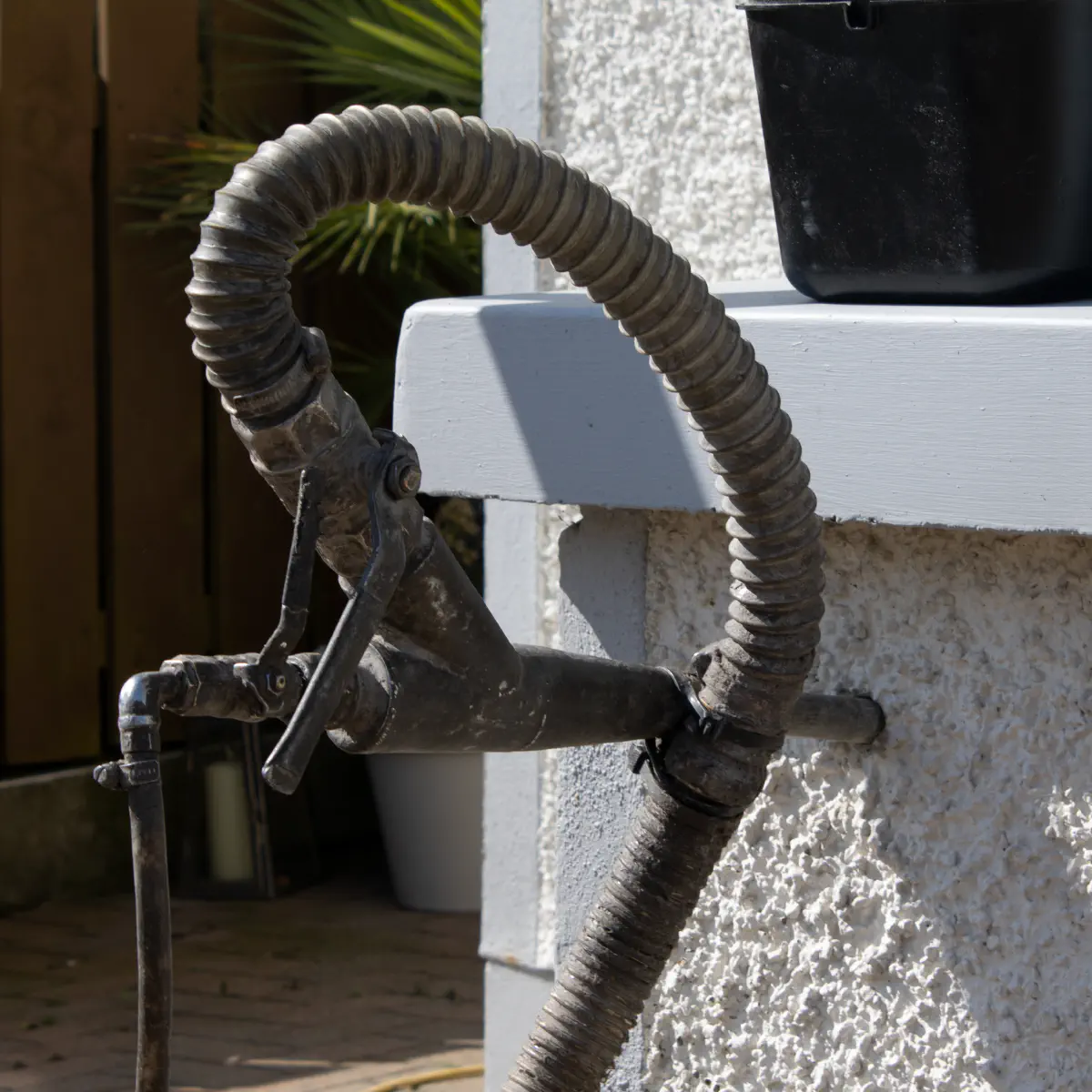Winter in Ireland can be tough on both your comfort and your wallet. With shorter days, damp weather, and the heating running longer, energy bills quickly add up. But the good news is: as a homeowner, you have plenty of ways to take control of your usage and calculate just how much you can save this season.
1. Check Last Year’s Bills
Start by pulling out your winter energy bills from 2023/24.
- Gas or oil heating: Take your average spend from December to February.
- Electricity: Add this on, since lights and appliances are used more in winter.
👉 Example: If you spent €1,200 across those three months, your average monthly cost was €400. That’s your baseline.
2. Know Where Your Energy Goes
For most Irish homes:
- Heating makes up over 60% of energy use.
- Water heating accounts for about 20%.
- Appliances & lighting cover the rest.
This means even small tweaks to heating habits can bring big savings.
3. Easy Wins to Cut Your Bills
Here are practical, Irish homeowner–friendly steps:
- Turn the thermostat down by 1°C → saves about €150 a year on average.
- Bleed your radiators → improves efficiency and avoids wasted heat.
- Use night-rate electricity (if you have a smart meter) → run washing machines or dishwashers overnight for lower tariffs.
- Seal draughts around windows/doors → reduces heating loss by up to 15%.
- Switch to LED bulbs → they last longer and use 80% less electricity.
4. Run the Numbers – A Real Example
Let’s say your household spent €1,200 last winter:
- Turning thermostat down 1°C → €150 saved
- Sealing draughts (10%) → €120 saved
- LED bulbs throughout house → €50 saved
Total savings: €320
That’s nearly one month’s heating costs back in your pocket.
5. Go Bigger with Grants & Upgrades
Ireland offers excellent supports for homeowners through the SEAI (Sustainable Energy Authority of Ireland). Depending on your budget, you can:
- Apply for SEAI insulation grants (wall, attic, cavity) – cut heating bills by up to 25%.
- Install a smart thermostat – potential €180 annual savings.
- Consider heat pumps or solar PV panels – higher upfront cost, but supported by grants.
👉 These upgrades not only save money, but also future-proof your home against rising energy prices.
6. Track Your Progress
Don’t just guess your savings – track your bills month by month. Many energy suppliers in Ireland now offer apps where you can monitor daily usage. It’s motivating to watch those numbers drop while keeping your home cosy.
Final Thoughts
For Irish homeowners, winter doesn’t have to mean sky-high energy bills. By checking your past usage, making small adjustments, and exploring SEAI supports, you can easily save a few hundred euro this season.
So grab last year’s bills, do the maths, and calculate how much you can save this winter. Even better – invest in upgrades now, and you’ll keep reaping the benefits for years to come.
Would you like me to add specific SEAI grant amounts (e.g., how much you can get for attic insulation or heat pumps) so the article feels more practical for Irish readers?



